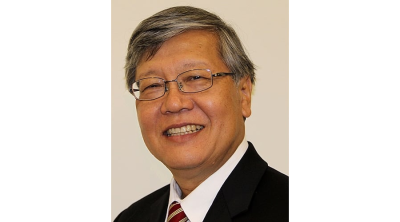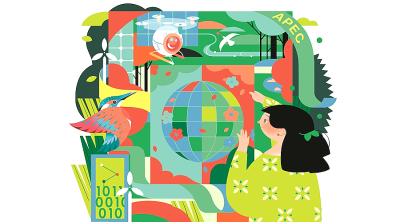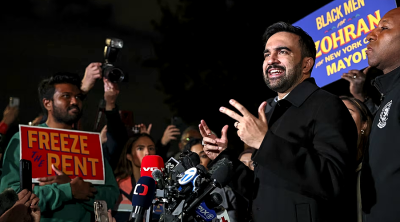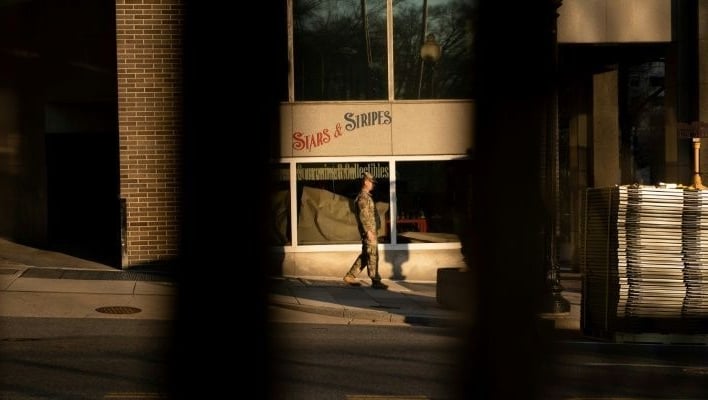
By Robin LEGRAND
WASHINGTON, Jan 13 (AFP) — Walking through central Washington, it is difficult to distinguish between those buildings boarded up due to pandemic closures, and those boarded up due to riots.
The capital of the United States is known for its grand vistas, historical monuments and crowds of tourists, but the city has radically changed in the last year.
"This is my first time (in downtown Washington) in a year. There's usually people walking all over the place. This is very, very quiet. I almost think it's like a ghost of itself," said Jaime, a mother from Maryland who did not wish to give her full name.
Hordes of schoolchildren who normally travel from all over the country to visit museums and see the White House now stay at home, as do most foreign tourists.
The hectic jostle of politicians, lobbyists and lawyers on the street has also fallen quiet, while the large metro stations that bring workers in from suburbs are quiet and little-used.
The city of more than 700,000 inhabitants is subdued, one week before the presidential inauguration of Joe Biden on the steps of the Capitol.
"The city is basically desolate," said Nadine Seiler, 55, who has been demonstrating every day since the end of October near the White House in favor of anti-racist causes.
"Usually it's very stressful, but here it's like everybody's away on vacation," she added.
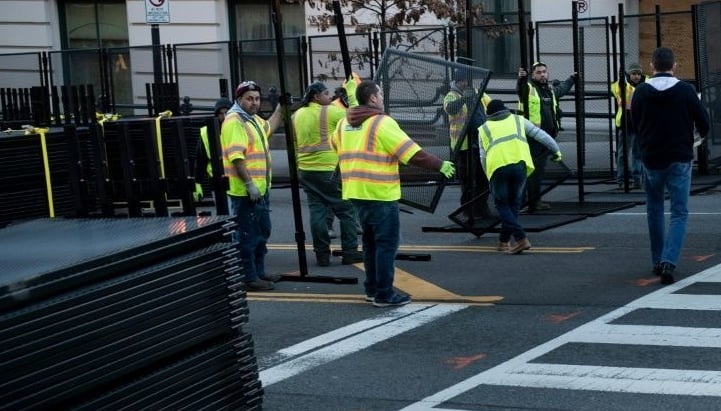
'It's all over'
As in many Western cities, many workers have been signing in from home — especially staff at big institutions headquartered in Washington such as the World Bank and the IMF, as well as the countless government agencies.
The city's famous museums, most of them free, have been closed since March. And Mayor Muriel Bowser has again tightened restrictions so that restaurants can no longer serve any indoor customers.
Eateries instead must try to survive by erecting tents and marquees along sidewalks, and tempting customers to sit down next to heaters of varying efficiency battling the winter cold.
"I went to the Christmas market… that's gone, all that's gone. You go into bars, (previously) packed bars — it's gone," laments Timothy Bartholomew, a resident of Arlington, just over the Potomac river.
According to the specialist site Eater, nearly 70 restaurants have permanently closed in Washington since the start of the pandemic, and many others are boarded up without any certainty they will ever reopen.
The economic fallout is even more starkly evident in the lengthening lines at soup kitchens, and the spread of tents sheltering homeless people under bridges and along main roads.
Violent protests and unrest has also shaken Washington repeatedly in the last year.
After the death of George Floyd at the hands of the police in Minneapolis in May, Washington became one of the hotspots of nationwide anti-racist demonstrations.
City authorities painted huge yellow letters reading "Black Lives Matter" across a wide street outside the White House, and the location became a popular site for rallies.
But over the months, clashes between anti-racist activists and pro-Trump protesters have brought an edge of tension to the city.
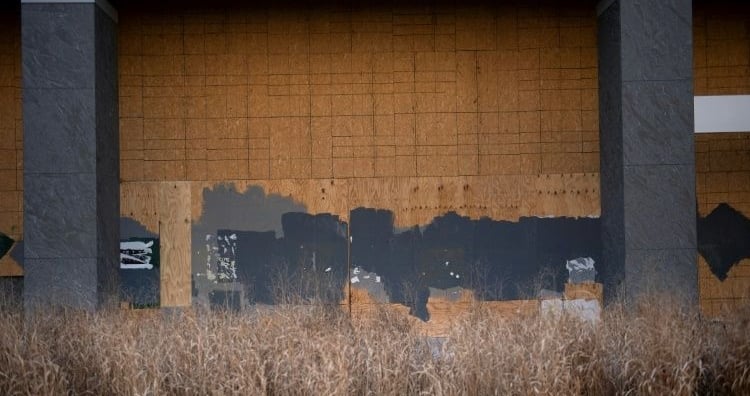
Capitol attack
Roads and sidewalks have been gradually shut down around the White House, with the security cordon now holding people far back from President Donald Trump's residence.
Police cars keep their flashing lights on at all times, and block streets normally streaming with traffic, while high metal fences surround many government buildings such as the US Treasury.
Since pro-Trump rioters stormed the US Capitol, the seat of the legislative branch, on January 6, it has been at the center of the crackdown, with a heavy presence of security forces patrolling a new perimeter fence.
The troop deployment around the city has increased every day before the inauguration, when there will be no cheering crowds to welcome the new president.
Instead security forces patrol in helmets and fatigues, and they will remain deployed until at least after the January 20 inauguration, giving Washington an untypically military feel.
ADVERTISEMENT
ADVERTISEMENT






